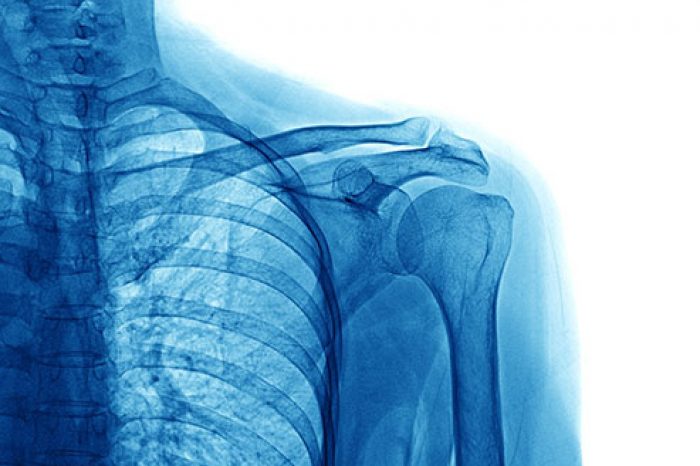

Shoulder pain is a common complaint, especially among adults who lead active lifestyles.
Proximal biceps tendinopathy involves degenerative changes to the long head of the biceps tendon, and can lead to chronic pain with overhead activities or lifting. Left untreated, the inflammation can lead to tendon degeneration or even partial tearing, severely impacting daily function and quality of life.
Conservative approaches—like rest, anti-inflammatory medications,
physical therapy, and corticosteroid injections—are usually the first
line of treatment. While these options can be helpful, they don’t always
resolve the issue. For patients with chronic or treatment-resistant
tendinitis, injection-based regenerative therapies have emerged as promising alternative before turning to surgery, and include:
Platelet-Rich Plasma (PRP) therapy
Prolotherapy (a type of regenerative injection therapy)
But which one actually works better?
Researchers from Chosun University in South Korea conducted a prospective clinical study on 100 patients diagnosed with early-stage biceps tendinitis. These patients:
Had shoulder pain lasting more than 3 months
Showed inflammation around the biceps tendon on MRI
Didn’t respond to conservative treatments
Participants were randomly assigned into two treatment groups:
| Group | Treatment | Number of Patients |
|---|---|---|
| Group 1 | PRP injections (once) | 50 |
| Group 2 | Prolotherapy (12.5% dextrose, 3–4 weekly injections) | 50 |
All of the injections were performed using ultrasound guidance to ensure precision, and researchers tracked patients over 12 months.
In the short term at the 1-Month Follow-Up results were similar.
Both PRP and prolotherapy groups saw initial pain relief (~40% reduction).
No statistically significant difference between the two groups.
Long-term outcomes at 3, 6, and 12 Months PRP outperformed prolotherapy with greater improvements in pain (Visual Analog Scale or VAS).
| Time Point | PRP Group (VAS) | Prolotherapy Group (VAS) |
|---|---|---|
| 3 Months | 16.3 | 25.4 |
| 6 Months | 14.8 | 30.4 |
| 12 Months | 12.4 | 33.6 |
PRP therapy involves injecting a concentrated dose of your own platelets, rich in growth factors like:
PDGF (Platelet-Derived Growth Factor)
TGF-β1 & β2 (Transforming Growth Factors)
VEGF (Vascular Endothelial Growth Factor)
bFGF (Basic Fibroblast Growth Factor)
These compounds promote tissue repair, reduce inflammation, and enhance blood flow, which likely contribute to its longer-lasting effects.
Prolotherapy, while effective in stimulating local healing responses, doesn’t offer the same robust intrinsic healing factors as PRP.
PRP was more effective long-term than prolotherapy for biceps tendinitis.
Prolotherapy provides short-term relief but lacks sustained improvement.
Ultrasound guidance improves accuracy and safety for both injections.
Learn more about PRP and prolotherapy for chronic biceps tendon pain at:
(781) 591-7855
20 Walnut St
Suite 14
Wellesley MA 02481
Moon YL, Ha SH, Lee YK, Park YK (2011) Comparative studies of platelet-rich plasma (PRP) and prolotherapy for proximal biceps tendinitis. Clin Should Elbow 14: 153-158.
Adductor longus selective tenotomy is a modern surgical treatment for chronic groin pain that offers faster recovery and better outcomes than traditional full release surgery. The adductor longus, an inner thigh
Read MoreDiscover how ultrasound helps diagnose plantar fat pad atrophy, a leading cause of ball-of-foot pain. Learn about symptoms, thickness cutoffs, and why early detection matters for relief.
Read More